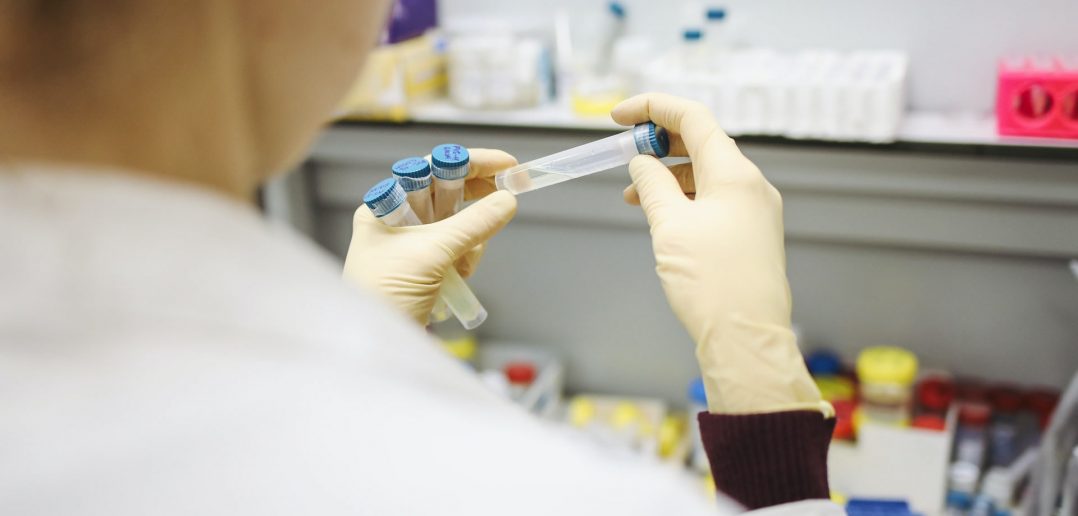The last few years have brought a significant amount of attention to vaccines, with the world breathing a huge sigh of relief when the various COVID-19 vaccines were shown to be effective. Most of us will have had dozens of vaccines by the times we reach adulthood to protect us from various diseases, but few understand how vaccines are actually produced.
In this article we explain how the first vaccines came into existence and how they are developed today.
The first vaccine
From the 15th century people around the globe attempted to prevent severe smallpox infections by intentionally infecting themselves and their family members with the smallpox virus. This did prevent some people from later developing a severe case of smallpox, it was also a dangerous exercise and many people were known to die from the intentional exposure.
In 1774, Dorset farmer Benjamin Jesty noticed that milkmaids, who would offer suffer from a mild virus known as cowpox, seemed to be protected from smallpox infections. By 1796, English physician Edward Jenner had built upon Jesty’s discovery and purposefully infected 8-year-old James Phipps with matter collected from a milkmaid’s cowpox sore. Phipps reported feeling unwell for several days and suffered a local reaction to the infection, but he quickly made a full recovery and the first vaccination was recorded as a success. The word vaccine is derived from “vacca”, the Latin for cow, in celebration of Jenner and Jesty’s scientific discovery.
Mass vaccination
Despite the success of the smallpox vaccination, it took many years before its use became widespread or other vaccines started to become available. However, by the 1960s there were reliable and cost-effective vaccines for yellow fever, whooping cough, polio, and in 1967 the World Health Organisation (WHO) began the world’s first mass vaccination programme with an aim to completely eradicate smallpox around the globe.
Childhood immunisations
Today, a variety of diseases which once killed or severely affected millions of people, often young children, are almost forgotten thanks to the programme of modern vaccination. In the UK, the NHS provides free vaccinations for babies in their first 16 weeks that cover: diphtheria, hepatitis B, Hib (Haemophilus influenzae type b), polio, tetanus, whooping cough (pertussis), rotavirus, MenB, (meningococcal b), and pneumococcal infections. By the time the child reaches 14, they have also been given the following vaccines: Hib/MenC, measles, mumps, rubella, flu, HPV, and MenACWY.
How do vaccines work?
Vaccines have changed a lot since the times of Edward Jenner, but most follow a similar principle where the vaccine mimics natural infection by a pathogen and induces an immune response which helps the body prepare for future exposures. Vaccines are available
Live attenuated virus vaccines – attenuated viruses are weakened forms of a virus, grown in a lab, which your body can fend off and adapt that information to fight off a real infection if required. Attenuated viruses are much safer than a standard live virus, but it can be possible for people to become infected with the full-blown disease after such a vaccination as has happened very rarely with the oral polio vaccine.
- Inactivated vaccines – these are “dead” viruses that no longer pose a threat to the body, but can still help the body learn to fight the live virus as it allows full presentation of the virus to the immune system.
- Subunit vaccines – instead of presenting the body with a complete virus, subunit contain purified elements of a virus, which have been specially selected for their ability to stimulate immune cell responses and build immunity.
- Nucleic acid vaccines– instead of presenting a virus or element of a virus to the body to initiate a response, nucleic acid vaccines work by providing the genetic information for antigens against which immunity should be conferred. Essentially, this means that the body can produce its own pathogenic antigen without the need for exposure to a virus.
Vaccine development process
No matter which type of vaccine is being developed, its progress will follow the same route of rigorous scientific examination from exploration to production. Throughout the development process, scientists take thousands of samples, where they measure whether the assays produce either an absorbance signal, fluorescent signal or luminescent signal, which can be measured with the help of a multi-mode microplate reader. The five phases of any vaccine development are:
- Exploratory phase – this is mostly carried out in a lab setting and includes intensive study of a pathogen from its structure to how it infects the body and how the body responds. It is in this first phase, which generally lasts between two and four years, that researches select an antigen that can trigger an immune response and confer immunity.
- Preclinical phase – the antigen is tested on cultured cells and animals to see how safe it is and how well it could be expected to perform in humans. This stage takes around two years.
- Clinical studies – these have three phases and can take up to a decade. Phase I administers the vaccine to a small cohort to check safety and efficacy. Phase II expands upon a successful Phase I trial to administer the vaccine to a larger broader group to examine dosing and delivery. Phase III is a large study, often involving thousands of participants to double-check safety, examine any side-effects, and measure broad immunogenicity.
- Regulatory approval – the governmental body approves the results of the studies and approves the vaccine for production.
- Production – the manufacturer rolls out production of the vaccine after which it is quality tested and administered to those in need.




